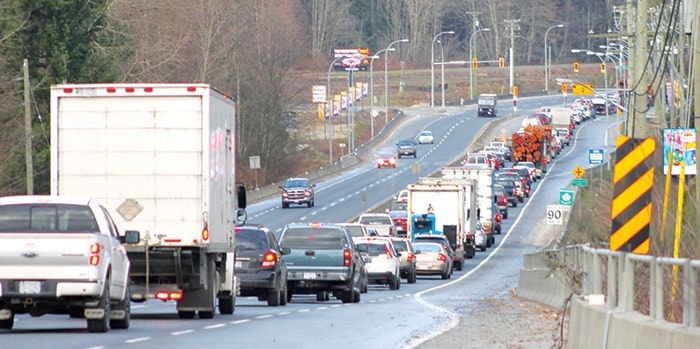Can the Town of Ladysmith claim to be a good green citizen by purchasing carbon offsets; or is it simply buying a claim to environmental stewardship at taxpayers’ expense?
That was the question raised by former Councillor Rob Johnson during Question Period at the conclusion of Ladysmith council’s May 16 meeting.
How do carbon offsets work?
“A carbon offset is a credit for greenhouse gas reductions achieved by one party that can be purchased and used to compensate (offset) the emissions of another party,” says an article on the David Suzuki Foundation web site.
The site uses the example of a wind energy company, which will accumulate carbon offsets based on how much it’s products are calculated to reduce GHG emissions.
Those offsets are put on the market via brokers, and made available to buyers who want to offset their own emissions by supporting industries that develop and market products that make it possible for everyone to reduce GHGs.
“The wind energy company benefits because the carbon offsets it sells make such projects more economically viable,” says the article. “The buyers of the offsets benefit because they can claim that their purchase resulted in new non-polluting energy, which they can use to mitigate their own greenhouse gas emissions.”
Ladysmith purchased 227 offsets last year valued at $5,675; that compares to 273 offsets required in 2014.
In 2014 the town’s own operations, plus emissions generated by contractors working on behalf of the town, were estimated at 352 metric tonnes of CO2.
Chief Administrative Officer Ruth Malli said purchasing offsets is not a way for the Town of Ladysmith’s to shirk its responsibility for actually reducing its carbon footprint.
In fact, Ladysmith, as a signatory of the Climate Action Charter, participates in the Climate Action Revenue Incentive program, and is fully compensated for money it spends on carbon offsets.
As a signatory to the Charter, which is not a legally binding document so much as a political and moral undertaking, Ladysmith:
• Understands that climate change is real, is caused by human activity, and needs to be addressed by a reduction in GHGs;
• Acknowledges that the province and participating local governments have a responsibility to reduce GHGs through ‘planning livable, sustainable communities’ and that they have a common goal of ‘aiming to reduce GHG emissions, including both their own and those created by others.’
Part of the Charter was a commitment by the province and the Union of BC Municipalities to support local governments in achieving carbon neutral status ‘in respect of their operations by 2012.’
Carbon offsets are one of the mechanisms being used under the Climate Action Revenue Incentive program to achieve carbon neutral status as municipalities look for ways of moving closer to the actual carbon neutral goal.
Malli and others liken the offset mechanism to a way of funding bootstraps all of society – including the Town of Ladysmith – will pull itself up by.
“The main point is that climate change requires us all to work together to reduce global greenhouse gas emissions,” she said in an email exchange with the Chronicle.
“Companies that offer carbon offsets need investment dollars to exist, their work reduces global GHG emissions and for purchasing carbon offset credits, the Town is deemed to be Carbon Neutral.”
At the same time towns like Ladysmith are actually reducing their carbon emissions. “Therefore, each year, we purchase fewer offsets,” Malli said. “In 2012, we purchased 376 offsets at a cost of $9,392, each year in between we purchased fewer, and in 2015 we purchased 227 offsets at a cost of $5,675.”
In 2014 Ladysmith purchased offsets from Cowichan Energy Alternatives; in 2015 from the Cowichan Carbon Market Place for the Regional District of Nanaimo’s landfill gas capture project.
